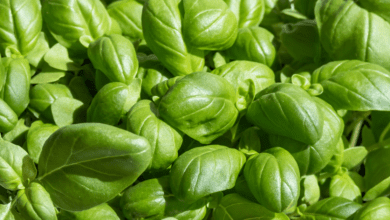Food
Food waste – a viable renewable resource for biogas generation in Thailand, Malaysia, and Singapore
By Thomas Ooi
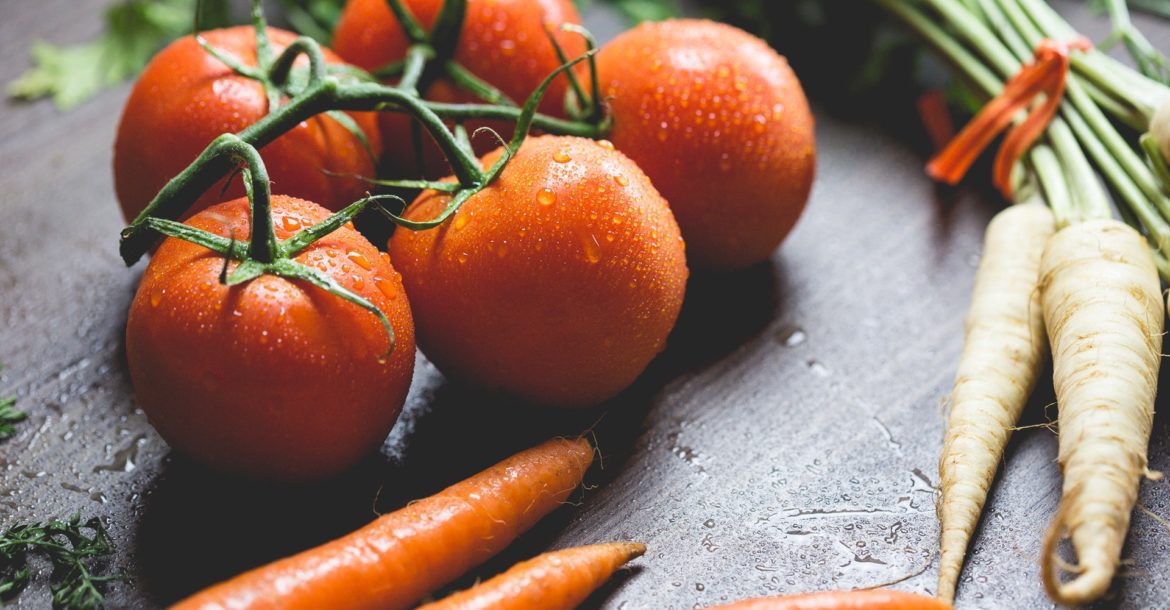
Food loss and waste are becoming increasing problems for the global community. In rich regions such as North America, Europe, and the Middle East, it’s the over-purchased at the consumer side that’s leading to food wastage, usually unfinished let-overs and expired foods thrown into the garbage bins.
On the other end of the spectrum in poor nations, old inadequate food-producing infrastructures, and logistics are culprits for food wastage. The Food and Agriculture Organization (FAO) has reported about a third of the food produced – 1.3 billion tons – doesn’t reach human stomachs. Fruits and vegetables, being the most perishable, have the highest wastage while others (see Chart 1) have significant percentages.
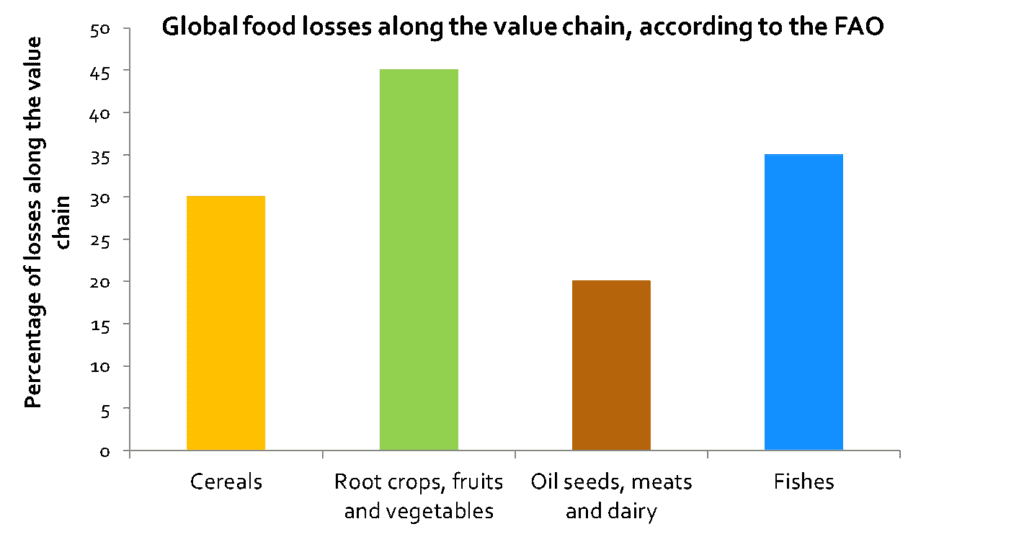
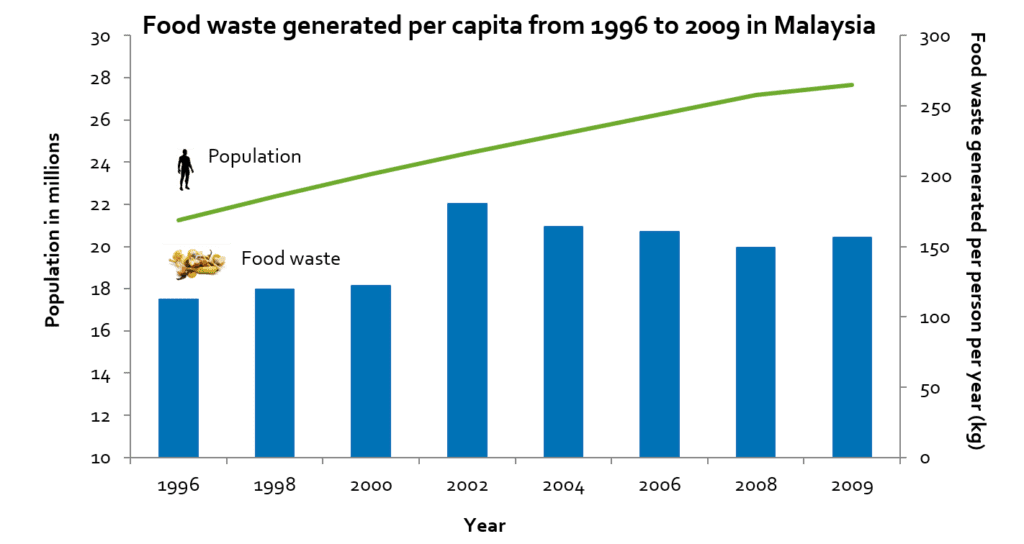
In Malaysia, a rise in population from 21 million to 28 million between 1996 to 2009 has led to an addition of nearly 2 million tons of food waste. Recently reported in the news, the country generates 5.5 million tons of thrown-away food – that’s 15,000 tons daily. The additional bad news is that the food wastage per person is growing (see Chart 2). In 1996, the food waste generated is about 113 kg per capita. In 2009, this is 157 kg. In Singapore and Thailand, this ratio has a similar trend. It has grown from 118 kg to 140 kg in the last decade on the island nation (see Chart 3). In Thailand, the ratio in 2015 is 190 kg per capita while is 173 kg in 2008 (see Chart 4). All three countries have growing populations. It’s not hard to foresee the situation is going to get worse in the coming future.
In South East Asia, organic and food waste is typically around 40% of total solid wastes, though there is marginal seasonal and geographic variation. In Singapore, the NEA keeps a record of yearly food waste generated while in Thailand, Thailand’s state of pollution report provides municipal solid waste data. Malaysian universities have sufficient record-keeping on a state-by-state basis for waste management. These countries have put on a concrete effort to tackle food wastage. Firstly, record keeping, funding new technologies from research and development, and lastly, developing policies and initiatives.
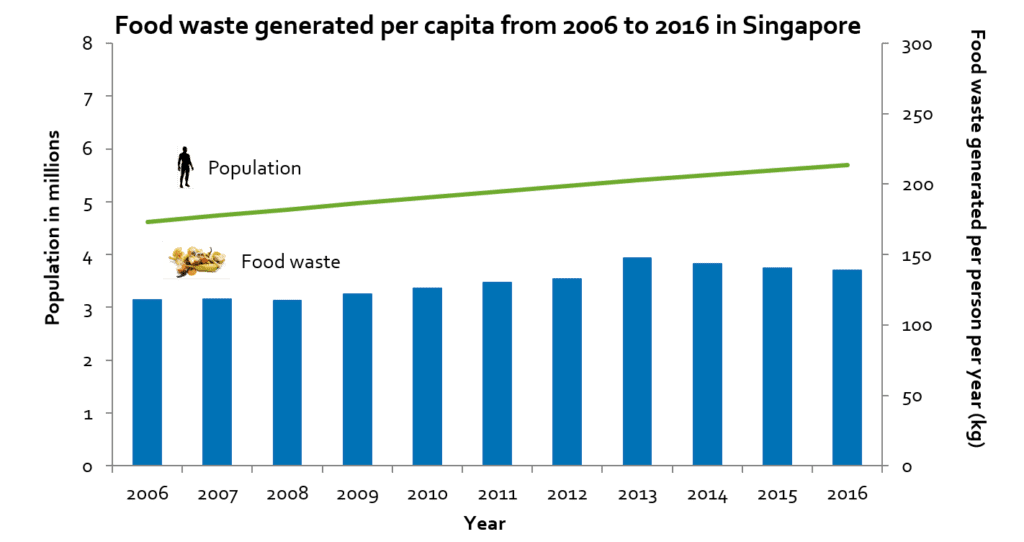
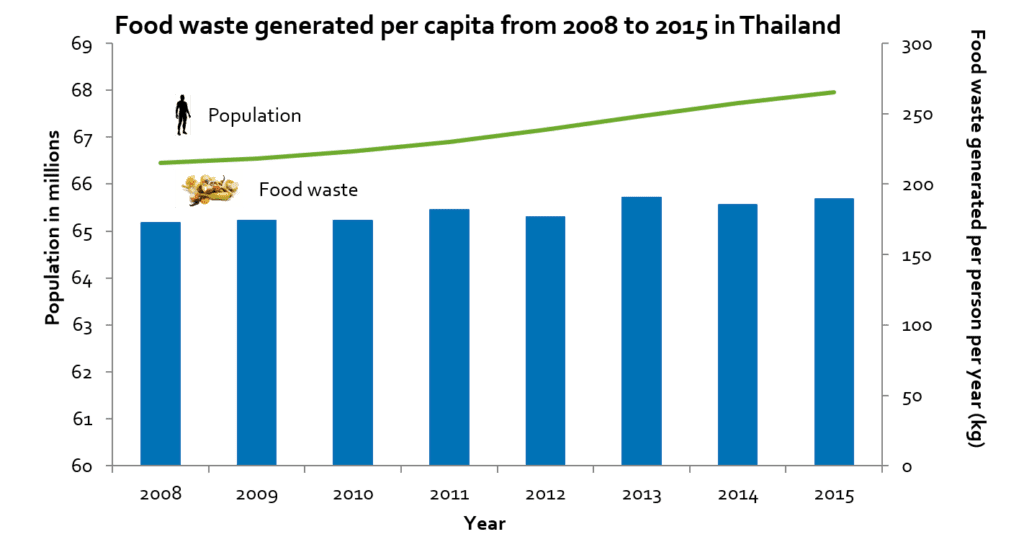
A credible solution is to utilize food waste as a feedstock for biogas generation. This has the added benefit of creating a premium product besides eliminating unwanted waste. The tables (see Table 1, Table 2 and Table 3) below illustrates the prospect of converting the food waste to biogas and to electricity.
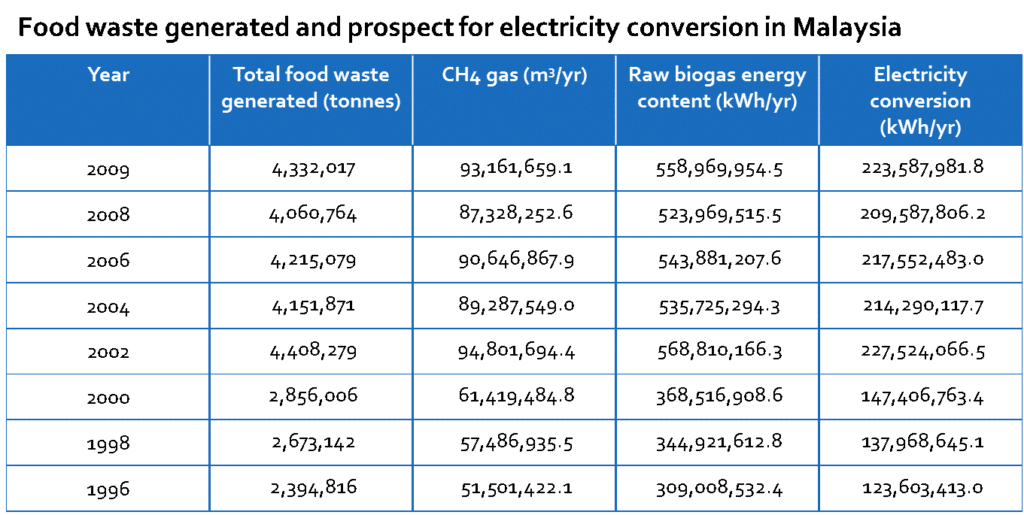
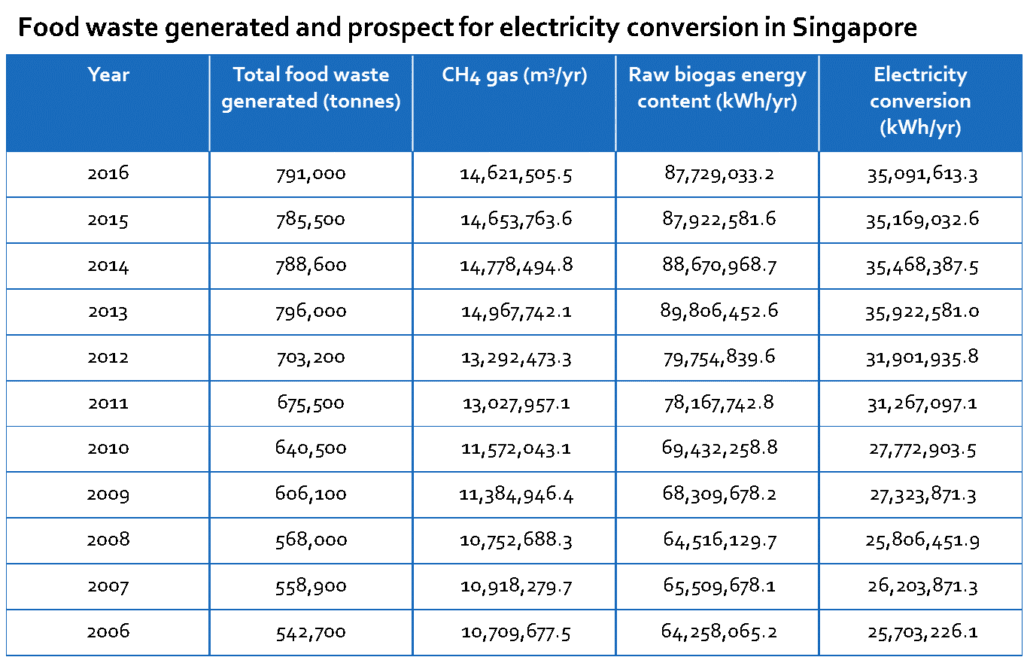
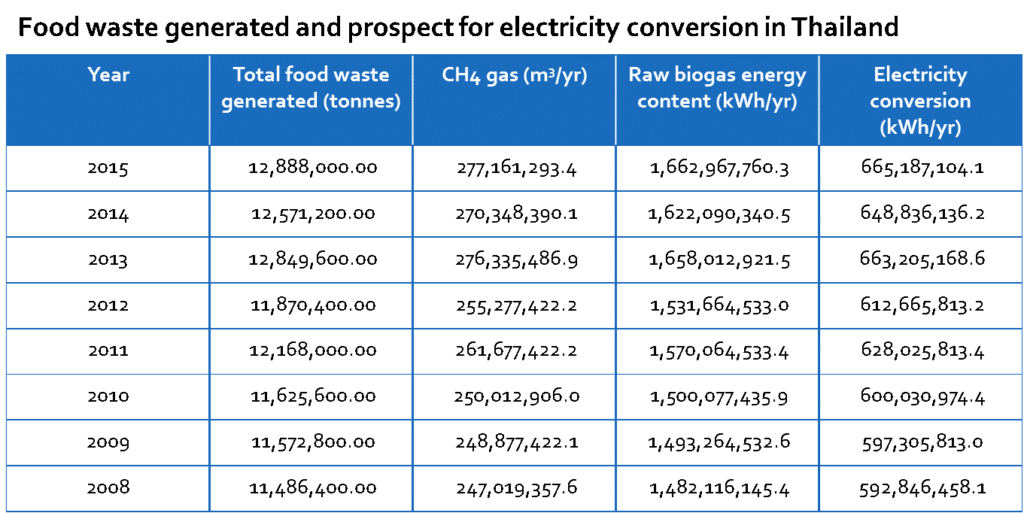
The calculations in Table 1 to Table 3 are based on Intergovernmental Panel for Climate Change (PICC)’s CH4 emission from biological treatment (such as anaerobic digestion). The anaerobic digestion is assumed to be operated near-atmospheric and produces 57% content methane. The energy content of the biogas is taken as 6 kWh per cubic m while the gas is burned to generate electricity at 40% efficiency in a power plant. This is the upper efficiency in a natural gas or coal-fired engine.
The numbers aren’t by no means small as the feedstock can power up to 150,000 homes in Thailand, 50,000 homes in Malaysia, and 8,000 homes in Singapore. This is assuming a 4200-kWh average use per household each year.
Let’s turn the tide on food waste together! Join the movement to transform food waste into clean energy and make a positive impact on our environment. By utilizing innovative biogas generation from food waste, we can not only eliminate waste but also create a valuable resource. Imagine powering up to 150,000 homes in Thailand, 50,000 homes in Malaysia, and 8,000 homes in Singapore with this sustainable energy source. Be part of the solution and help us build a greener future. Take action today!
FAQs
Q1: What are the main causes of food loss and waste in rich regions like North America, Europe, and the Middle East?
A1: In rich regions, food wastage is primarily caused by over-purchasing at the consumer side, leading to unfinished leftovers and the disposal of expired foods.
Q2: What factors contribute to food wastage in poor nations?
A2: In poor nations, old and inadequate food-producing infrastructures and logistics systems are major contributors to food wastage.
Q3: According to the Food and Agriculture Organization (FAO), what proportion of the food produced globally does not reach human consumption?
A3: The FAO reports that approximately one-third of the food produced globally, equivalent to 1.3 billion tons, does not reach human stomachs.
Q4: How has food waste generation in Malaysia changed between 1996 and 2009?
A4: The rise in population from 21 million to 28 million in Malaysia between 1996 and 2009 has led to an increase of nearly 2 million tons of food waste. The country currently generates 5.5 million tons of food waste, amounting to 15,000 tons daily.
Q5: How has the food wastage per person in Malaysia, Singapore, and Thailand changed over time?
A5: In Malaysia, the food waste generated per capita has increased from 113 kg in 1996 to 157 kg in 2009. Similarly, Singapore’s food wastage per capita has grown from 118 kg to 140 kg between 1996 and 2016. In Thailand, the ratio increased from 173 kg in 2008 to 190 kg in 2015.




